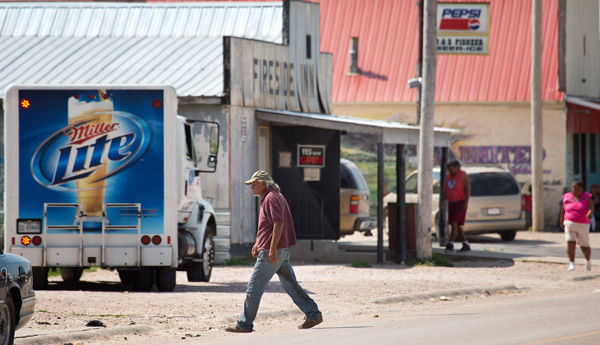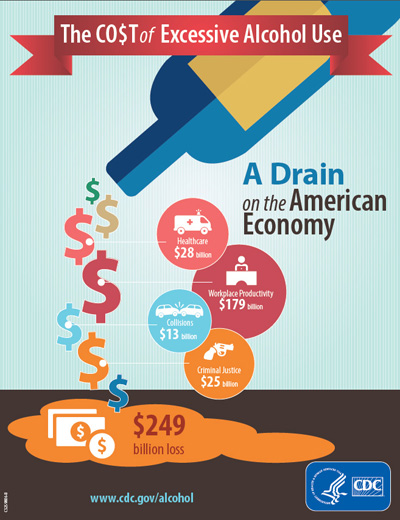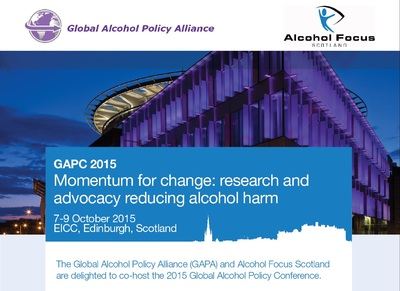Blog
Search
Blog
ARG Study on Racial Disparities & Injury Risks
November 30, 2015

ARG scientists presented these and other related findings at the 2015 American Public Health Association Annual Meeting.
View our fact sheet on Alcohol-Related Health Disparities here.
Nebraska ABC seeks bill for alcohol impact areas including Whiteclay
November 9, 2015

The state LCB hopes the legislature will revive a bill to allow the state and localities to create alcohol-impact zones, where bans on single-serving containers of alcohol could be adopted. New Nebraska Governor Pete Rickets, Attorney General Doug Peterson, and Liquor Control Commission (LCB) Chair Bob Batt are a few of the state officials engaging in a conversation about potential actions to start addressing the multitude of alcohol problems, harms, and dangers stemming from Whiteclay. Washington State originally pioneered the idea of alcohol impact areas, allowing for restrictions on liquor licenses and bans on single-sale cans. Alcohol industry lobbyists successfully shot down such a bill in the Nebraska legislature in 2012, calling it an unfair advantage for businesses outside the alcohol-impact area.
An alcohol-impact zone containing Whiteclay is one step among many that are urgently needed to address the overwhelming amounts of alcohol-related harm and death experienced by members of the Oglala-Sioux Nation. A successful bill could positively impact not only Whiteclay and Pine Ridge Reservation, but also other towns and areas in Nebraska as well.
Major findings released re: costs of alcohol harm, advertising impact
November 9, 2015

A new study from the Centers for Disease Control and Prevention (CDC) reveals clear evidence that the costs from excessive alcohol use continue to drain the American Economy. In four years the cost of excessive drinking climbed fifteen cents per drink, due to decreased workplace productivity and healthcare costs. Excessive alcohol consumption is the third-leading preventable cause of death in the United States.
And while the cost of alcohol-related harm continues to rise, alcohol marketing and advertising is also at an all time high. Another new study from researchers at Boston University and Johns Hopkins University reveals a direct link between underage drinking and brand-specific advertisements, both on TV and in magazines. Underage drinkers were found to be five times more likely to consume alcohol brands that are advertised.
The best buys of effective alcohol policy - increased price/taxes, limited outlet density, and restrictions on alcohol advertising - are indicated in these findings. Effective alcohol policy is needed to reduce harm and costs, and to save lives, in the U.S. and around the globe.
Global Alcohol Policy Conference 2015
October 22, 2015

The GAPC declaration reaffirms commitment to, and calls for action on, the following:
- evidence-based actions to reduce alcohol-related harm worldwide;
- a specific indicator of consumption or harm in monitoring progress toward achieving the Sustainable Development Goals;
- implementation of population-wide measures to curb consumption in reducing harm;
- the rights of children to grow up safe from alcohol-related harm;
- WHO global strategies on alcohol and on non-communicable diseases, including the three "best buys" and proven drink-driving reduction strategies;
- protecting government ability to implement evidence-based public health policies regarding alcohol, through strengthening existing instruments or negotiation of a binding public health-oriented global agreement to address alcohol-related harm, independent of commercial interests in alcohol;
- the need to restrict alcohol marketing in all forms, and implementation and evaluation of minimum pricing where appropriate;
- protection of public health and alcohol control policies from commercial and other vested interests of the alcohol industry;
- recognition of alcohol's significant role in injuries, infectious diseases, cancer and a wide range of non-communicable diseases, and mental health and social harms;
- provision of funding from the global philanthropic community to national and international NGOs and research organizations to match the burden of alcohol on health worldwide.
Alcohol causes 3.3 million deaths a year, is the fifth leading cause of death and disability worldwide, and is the leading cause of death and disability for young people ages 15-24 in much of the world. It also causes multiple types of harm to nondrinkers including violence and injury, birth defects, and negative impact on family budgets. See Alcohol: a global concern, a 16-minute film by Alcohol Focus Scotland that premiered at, and was produced for, the conference.
Click here to view Sarah Mart's presentation
More Articles ...
Help us hold Big Alcohol accountable for the harm its products cause.
| GET ACTION ALERTS AND eNEWS |
STAY CONNECTED    |
CONTACT US 24 Belvedere St. San Rafael, CA 94901 415-456-5692 |
SUPPORT US Terms of Service & Privacy Policy |
Copyright © 2024 Alcohol Justice. All Rights Reserved.
Joomla! is Free Software released under the GNU General Public License.


